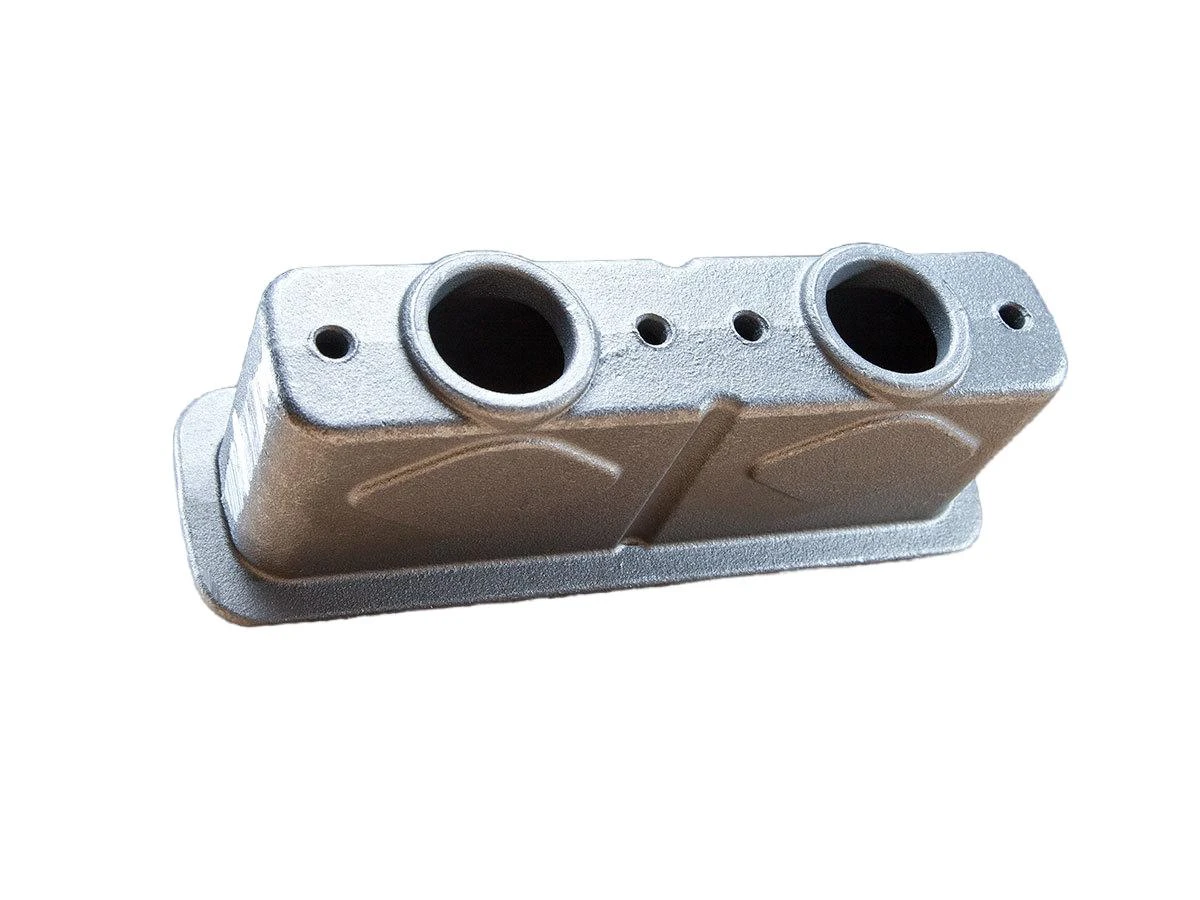Precision Die Cutting Techniques for Fine Blank Stamping Applications
Fine Blank Stamping An Innovative Approach to Precision Manufacturing
In the realm of modern manufacturing, precision and efficiency are paramount. As industries strive to optimize production processes and improve product quality, fine blank stamping has emerged as a groundbreaking technique that offers distinct advantages over traditional metal forming methods. This article delves into the principles, applications, and benefits of fine blank stamping, highlighting why it has become a preferred choice for manufacturers across various sectors.
Understanding Fine Blank Stamping
Fine blank stamping is a specialized form of metal forming that allows for the production of highly accurate and complex shapes from flat sheets of metal. Unlike conventional stamping processes, which may result in significant material distortion and require numerous secondary operations, fine blank stamping is designed to achieve superior precision with minimal post-processing. The technique utilizes a unique die design and advanced machinery to create parts with intricate features and tight tolerances.
The process begins with the selection of appropriate materials, typically thin sheets of steel or aluminum, which are fed into a fine blanking press. As the material is subjected to high pressures, it is simultaneously cut and formed, producing parts that exhibit clean edges and exact dimensions. This capability not only enhances the aesthetic appeal of the finished product but also ensures functional performance and reliability.
Applications of Fine Blank Stamping
Fine blank stamping is utilized in a wide range of industries where precision is critical. One of the most notable applications is in the automotive sector, where manufacturers require components that meet strict safety and performance standards. Fine blanked parts, such as gears, brackets, and housings, are integral to many vehicle systems, contributing to overall vehicle reliability and durability.
In addition to automotive applications, fine blank stamping is also prevalent in the electrical and electronics industries. Components such as connectors, switches, and circuit board frames benefit from the technique’s ability to produce fine details and complex geometries. Furthermore, industries like aerospace, medical devices, and consumer electronics are increasingly adopting fine blank stamping to enhance product quality while reducing production costs.
Benefits of Fine Blank Stamping
fine blank stamping

The advantages of fine blank stamping are numerous, making it an attractive option for manufacturers.
1. Precision and Quality The inherent precision of fine blank stamping results in parts that require little to no further machining. This minimizes material waste and ensures consistent quality across production runs.
2. Cost-Effectiveness While the initial setup for fine blank stamping can be higher than traditional methods, the long-term savings in material usage and labor make it cost-effective for high-volume production. The reduced need for secondary operations further enhances its economic appeal.
3. Design Flexibility Fine blank stamping allows for the production of complex geometries that would be challenging to achieve through other methods. Manufacturers can innovate and create intricate designs without compromising on quality.
4. Material Versatility The process is suitable for a variety of materials, including advanced alloys and composites. This flexibility enables manufacturers to choose the best materials for their specific applications, enhancing performance and durability.
5. Environmental Benefits By minimizing material waste and energy consumption, fine blank stamping aligns with sustainable manufacturing practices. Companies are increasingly prioritizing eco-friendly processes as part of their corporate social responsibility initiatives.
Conclusion
As industries continue to evolve and demand for high-quality, precise components rises, fine blank stamping stands out as a key manufacturing solution. Its ability to produce complex geometries with unmatched accuracy positions it as a critical technology in sectors ranging from automotive to electronics. As manufacturers embrace the benefits of fine blank stamping, they are better equipped to meet the challenges of modern production while also enhancing their competitive edge in the global market. The future of manufacturing lies in innovative techniques such as fine blank stamping, and its impact will undoubtedly be felt across various industries for years to come.
-
Precision Casting Facility: Advanced Manufacturing for Global Industries | Hairun SourcingNewsNov.23,2025
-
Leading Precision Casting Corporation: Quality Metal Components for Global IndustryNewsNov.23,2025
-
Precision Cast Rods: Definition, Applications & Future Trends in ManufacturingNewsNov.22,2025
-
Precision Cast Iron Surface Plate: The Backbone of Industrial Accuracy and QualityNewsNov.21,2025
-
Precision Aluminum Investment Casting: High-Accuracy Manufacturing for Modern IndustriesNewsNov.20,2025
-
Precise Castings Inc – Advanced Metal Casting Solutions for Global IndustriesNewsNov.19,2025















